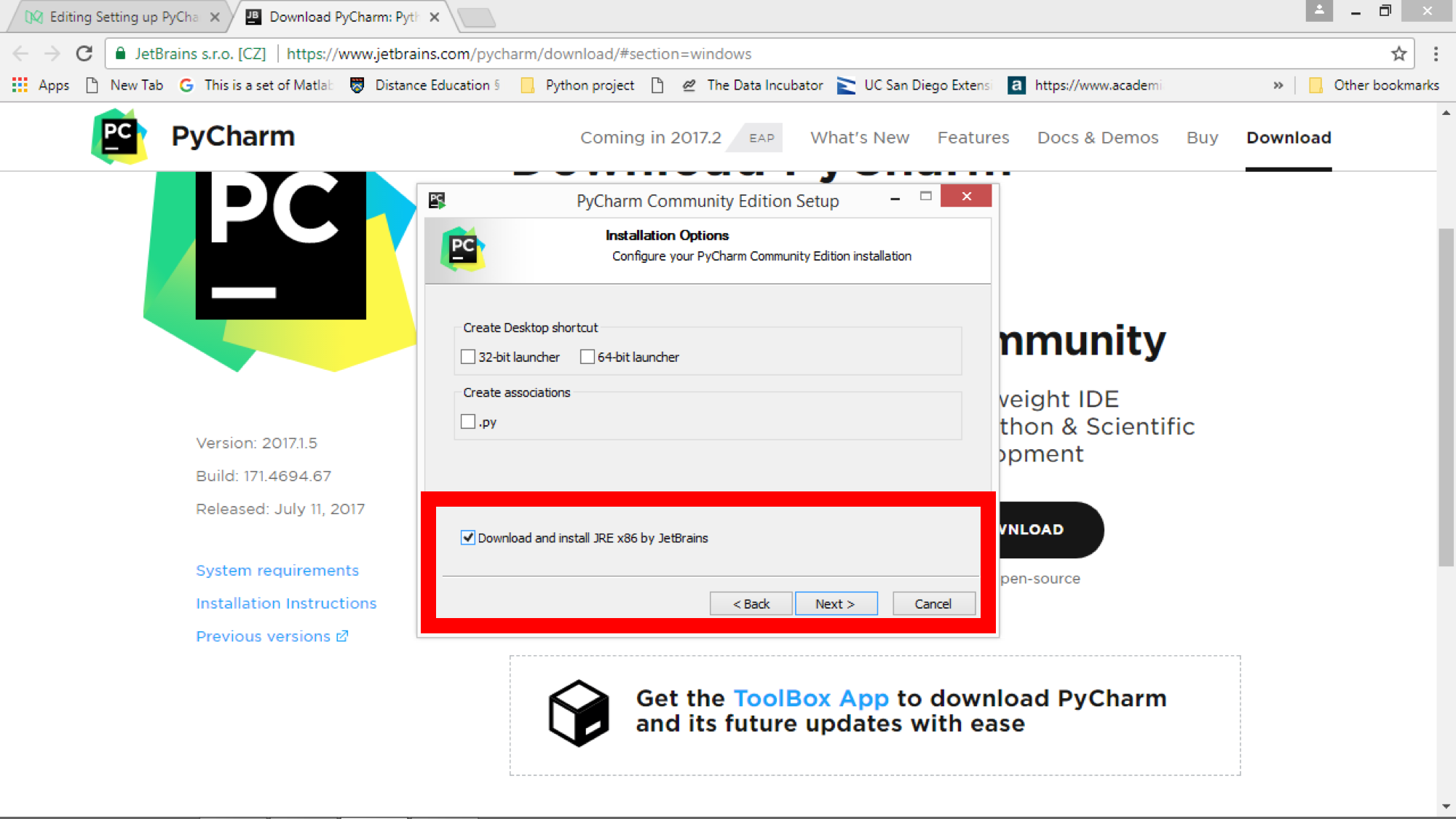
I can set my own python 3.8 interpreter in Spyder myself.
#Install anaconda for mac docs.contiuum install#
How do I install Anaconda without it making the default python Anaconda's python or breaking my current paths? If I type "python" in my shell I do not want it to be Anaconda's python. But I want to install Anaconda to use Spyder with P圜harm at the same time. I only use pyenv with python 3.8 set globally. Optional: Verify data integrity with MD5 or SHA-256. Download the command line installer for Anaconda with Python 2.7 or Anaconda with Python 3.6. Thanks! 2 years, 4 months ago I have an Anaconda agnostic setup. Beneath the Graphical Installer buttons for Anaconda for macOS, there are command-line text links for Python versions 2.7 and 3.6. I was considering this myself and it suddenly clicked what a silly idea that was after reading your warning. Our favourite is conda, a cross-platform tool to manage Python environments. Beneath the Graphical Installer buttons for Anaconda for macOS, there are command-line text links for Python versions 2.7 and 3.6.
#Install anaconda for mac docs.contiuum update#
conda update -f -c conda-forge tensorflow. if you wish to upgrade it to newer version then you can use the following command. This will install the latest Tensorflow on your system. The instruction to install anaconda and Python 3 can be found at. On mac use following command: conda install -c conda-forge tensorflow.

Should I avoid Anaconda and just install R manually? Is there a 'proper' install procedure for R like there is for Python3? 3 years, 6 months ago Just installed miniconda, and it installed python 3.7.1 even though I already had python 3.7.0 installed (in /usr/local/bin/python3.7) 2 years, 7 months ago Thanks for the warning. We recommend using virtual environments to manage your Python installation. We recommend using Anaconda with Python 3 for the homework assignments. 1 6 years, 8 months ago Related Topics python installation conda anaconda Comments 5 years ago I already installed Python3 via Brew using the 'sandboxed' set up that installs in path /usr/local/bin with virtualenvs to avoid conflicts with default MacOS Python2 in /usr/bin.


 0 kommentar(er)
0 kommentar(er)
